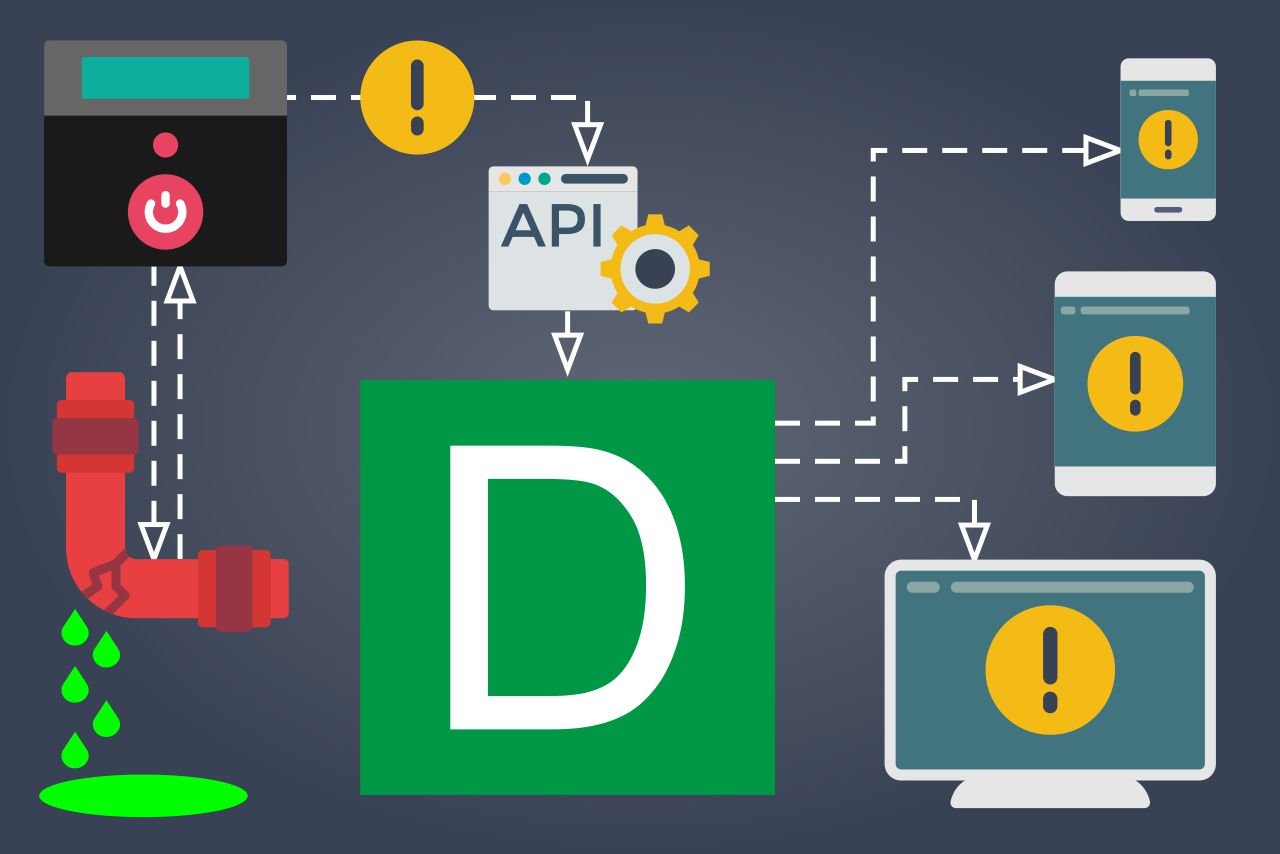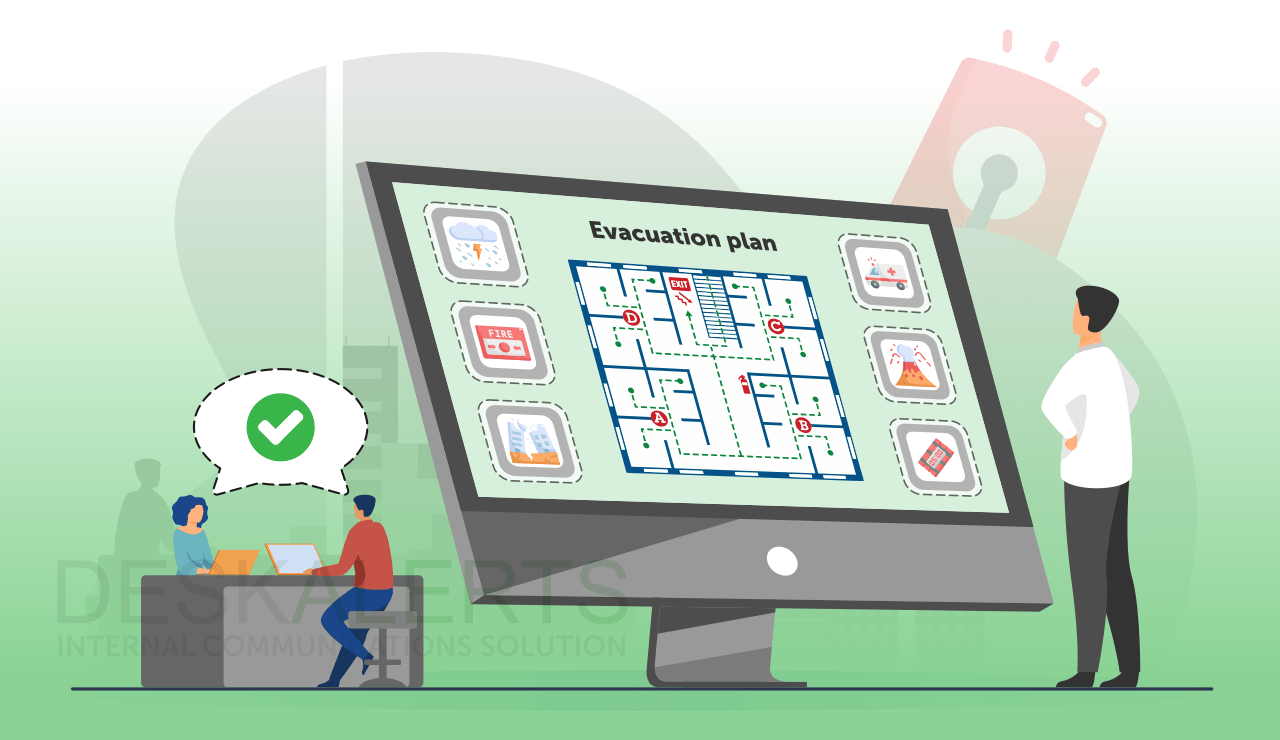Effective communication is necessary for the success of an organization. On a micro-level, it helps managers and employees form high efficient units. It also aids in boosting employee morale. On a larger scale, it enables the organization to communicate with clients, vendors, and business partners.
Through the years different communication solutions in the workplace have been developed to enhance communication in the office. In the previous decades, newsletters, brochures, and annual reports were the go-to communication solutions in the workplace for most firms. Advancement in technology has led to the introduction and use of more sophisticated communication tools like the Intranet and voice messaging systems.
Here are some of the communication solutions in the workplace that many companies around the world are utilizing:
1. Email
The electronic mail or e-mail was introduced sometime in the early 90s. Today, almost all companies and their management and staff make use of it in communicating with their colleagues and clients.
There are many advantages of using the e-mail for communication. One is that it is very easy to communicate with anyone within the office, or anywhere in the world, through e-mail. Messages are quickly sent and received through e-mail and the costs are very low, unlike in postage. Email also saves paper and printing costs.
Companies use the e-mail for various purposes, such as disseminating corporate information like financial performance, and for generating feedback through the conduct of employee surveys.
2. Intranet
The Intranet is a private network that can only be accessed by the staff of a company. Information, such as details of a new HR policy or instructions on how to use a new computer program, can be shared and viewed by company employees on the intranet.
Like the e-mail, the Intranet has numerous advantages. One is that information shared through it can be tailor made for the audience. Messenger service programs can also be run through it, enabling the staff members to communicate with their colleagues without leaving their desks, or using the telephone.
Like the e-mail, the Intranet is cost effective. Messages, event reminders and other information can be shared immediately. Staff members, too, can respond to information disseminated on the Intranet via e-mail.
3. Newsletter
The printed newsletter remains a fixture in the desks of many companies around the world, although many business communicators are also published electronic newsletters that are sent through e-mail or accessible via the company’s Intranet site.
No matter which form it comes in, there is no denying that the newsletter remains as one of the best ways to communicate within the organization, and even to its external stakeholders and the general public.
Company news can be shared through a newsletter, as well as other information such as industry trends and analysis, views and opinions of executives and employee leaders, case studies, and details on new products and services.
4. Brochures
Brochures are usually used to promote a product or service to an external audience. As a communication tool in the workplace, it can be used to generate awareness on a new company policy, or to remind employees about an upcoming event. Like newsletters, brochures can also come in electronic form.
The rules in designing brochures remain the same, whether it is intended for an external audience or for the staff. One is that the brochure should attract attention and two, induce action.
5. Annual Reports
The annual report is a formal document that details the major activities and financial performance of the company throughout the preceding year. It is designed to provide information about a firm’s operations to its shareholders and other interested people.
6. Work Management Platform
A more advanced type of communication tool in the workplace is the so-called work management platform or software. This program combines task assignment and tracking, shared document and proofing, schedule and budget tracking, and collaboration tools in a single, web-based hub that employees can access from anywhere they are, provided they have an Internet connection.
This type of communication tool streamlines processes, putting everyone in a unit or department on the same page by consolidating all business-related documents and communications onto a single system. Communication solutions in the workplace like this are very much appropriate for companies that have remote offices.
7. Instant Messaging Systems
Instant messaging systems allow one employee to communicate in real time with another colleague who uses the same instant messaging application. It is basically a chat room where two or more employees can share information with each other, with the delay in the transmission of message rarely more than a second.
While initially thought of as something that will affect employee productivity, instant messaging systems have become common in today’s corporate environment. Many companies, especially those which have remote offices, have made use of instant messaging systems to enable their staff to communicate with each other quickly.






